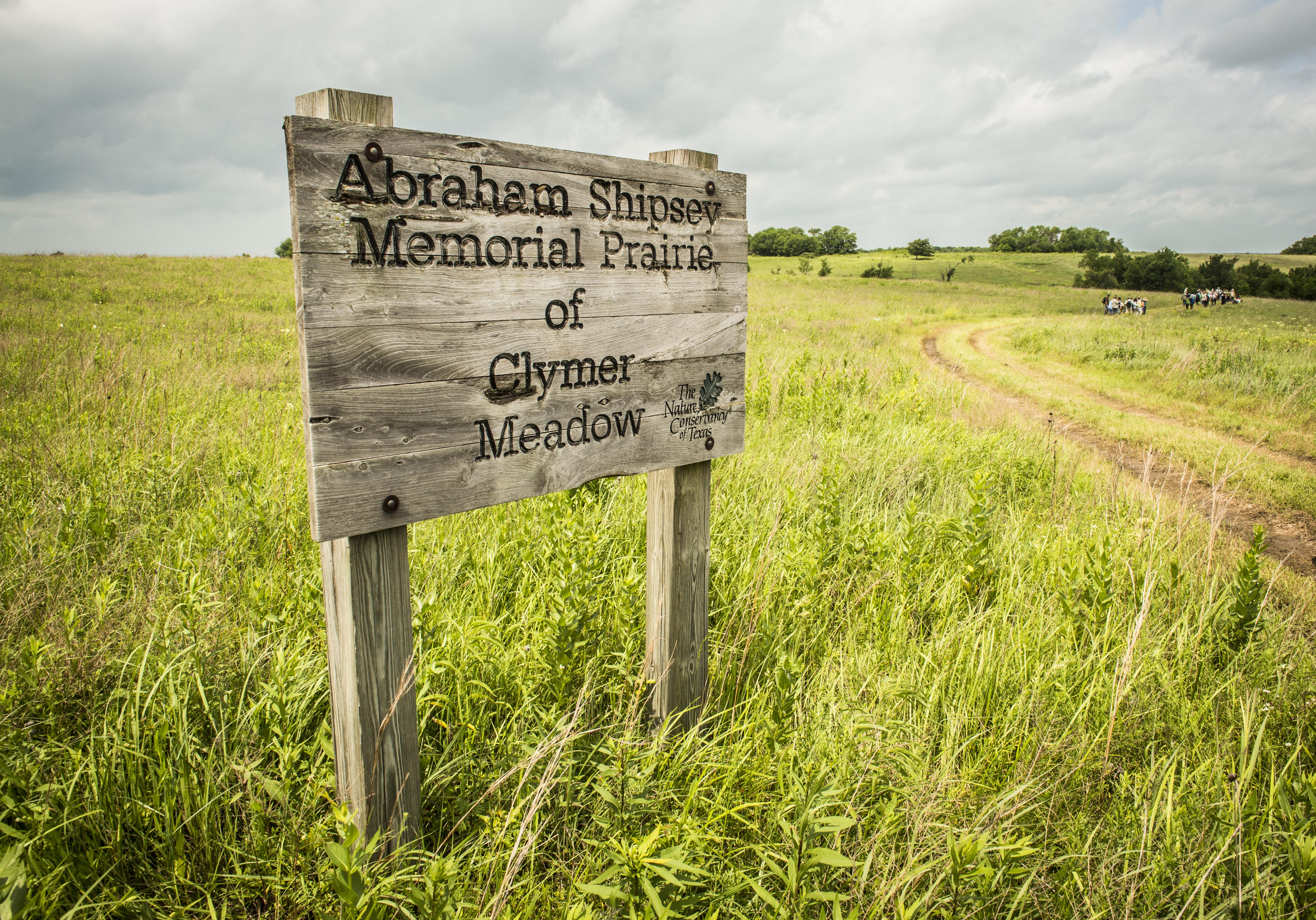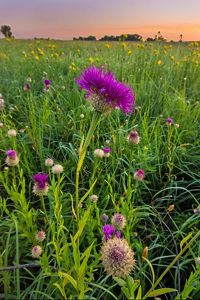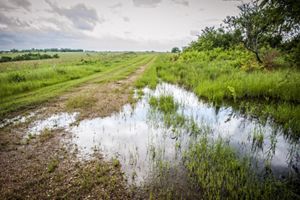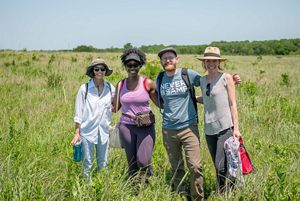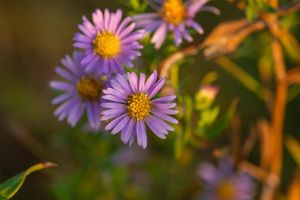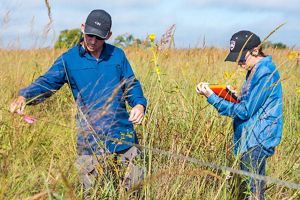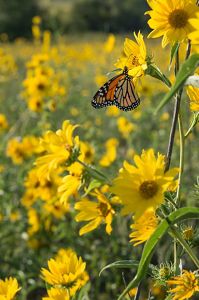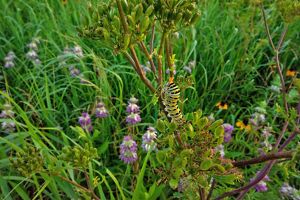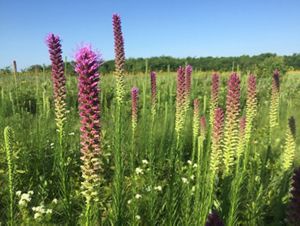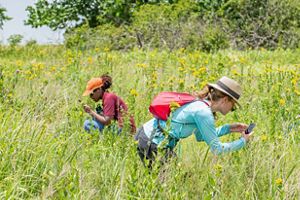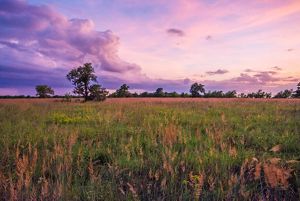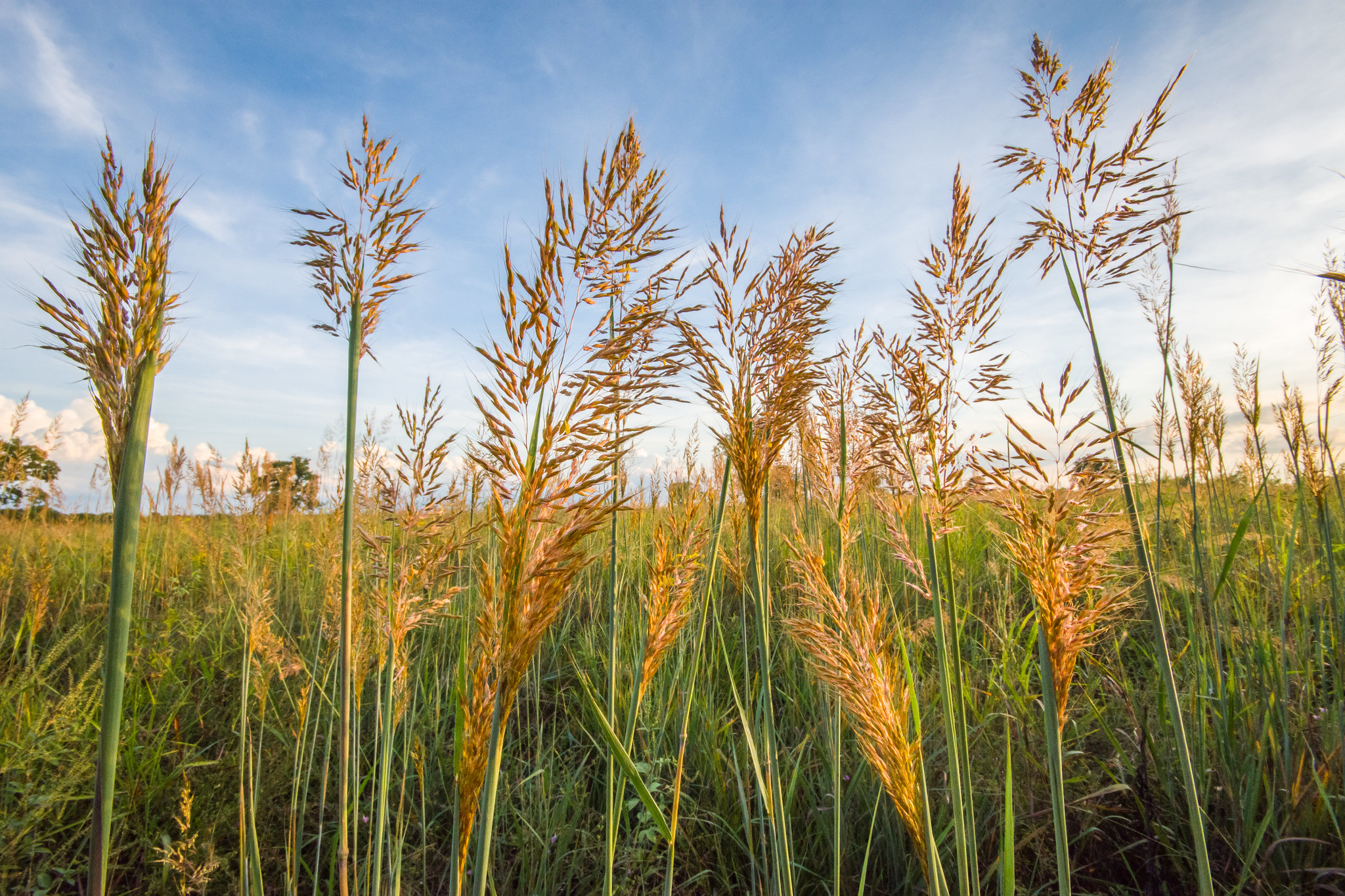Description
Clymer Meadow Preserve, located northeast of Dallas, contains some of the largest and most diverse remnants of the Blackland Prairie—the Texas version of the tallgrass prairie that once stretched from near the Texas coast to southern Manitoba. This rare, 1,475-acre “island” of natural history is part of a larger conservation area that includes land owned by The Nature Conservancy (TNC) and other private owners. As an excellent example of remnant prairie, the preserve is a key site for research and educational activities.
Named for pioneer Jim Clymer, who bought tracts here in the 1850s, Clymer Meadow’s diverse offerings include tallgrass prairie with abundant wildflowers, wildlife and wetland habitat. One of the more unusual features of the preserve are shallow, moisture-drawing basins called “gilgai.” Normal gilgai are irregular or round and generally arranged in a honeycomb-like pattern on level, heavy clay soils. Because they tend to hold water, gilgai often influence the composition of plant communities, like those at Clymer.

